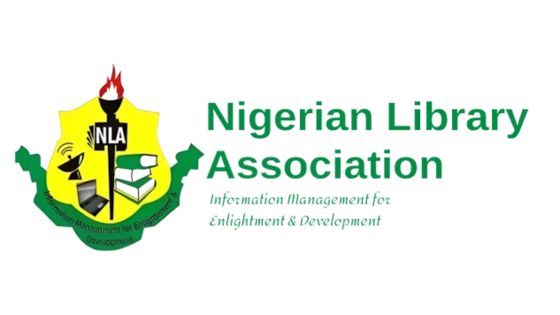Abstract
The central task of this paper is to ascertain the extent to which international law protects civilians under principle of responsibility to protect (R2P) during armed conflicts since its development in 2001 and subsequent adoption as Resolution 60/1 of 24th October 2005 by the United Nations (UN) General Assembly. The article assesses the application of the principle in line with civilian protection during armed conflict. It makes use of qualitative methodology which is ideal for legal research and adopts doctrinal method. The analysis includes primary data from treaties, declarations, resolutions as well as secondary data from journal articles, reports and online sources. The research reveals that the real purpose of R2P, which is protection of civilians against mass atrocities as laid down in theory, has not materialized in practice especially in the last decade. The main solutions advanced include reforms of the UN Security Council particularly with regard to the composition of permanent members as well as use of veto power. The use of an early warning signal system on likely mass killings and a timely response to distress by the actors forming the international community. Legality and uniform enforceability of the principle is only achievable when all the players are operating on a level platform. This study is important to the international community as it establishes the fundamentality of the R2P. States must act collectively in ensuring the observance of the principle to protect civilians in armed conflict. It becomes complex when the state is a perpetrator of violation of civilians’ rights in armed conflict.


.jpg)
 National Library of Nigeria
National Library of Nigeria.jpg) Association of Nigerian Authors
Association of Nigerian Authors Nigerian Library Association
Nigerian Library Association EagleScan
EagleScan Crossref
Crossref